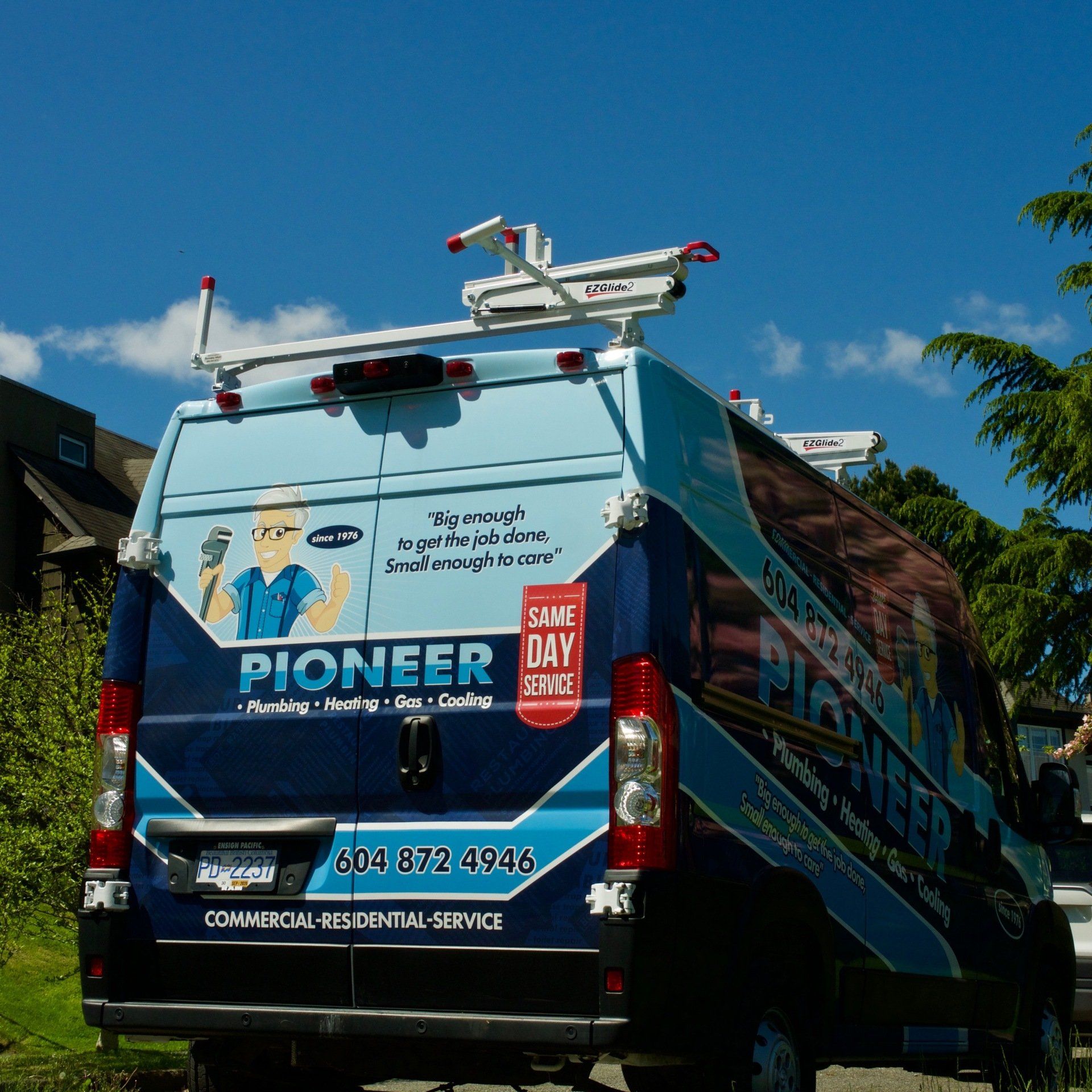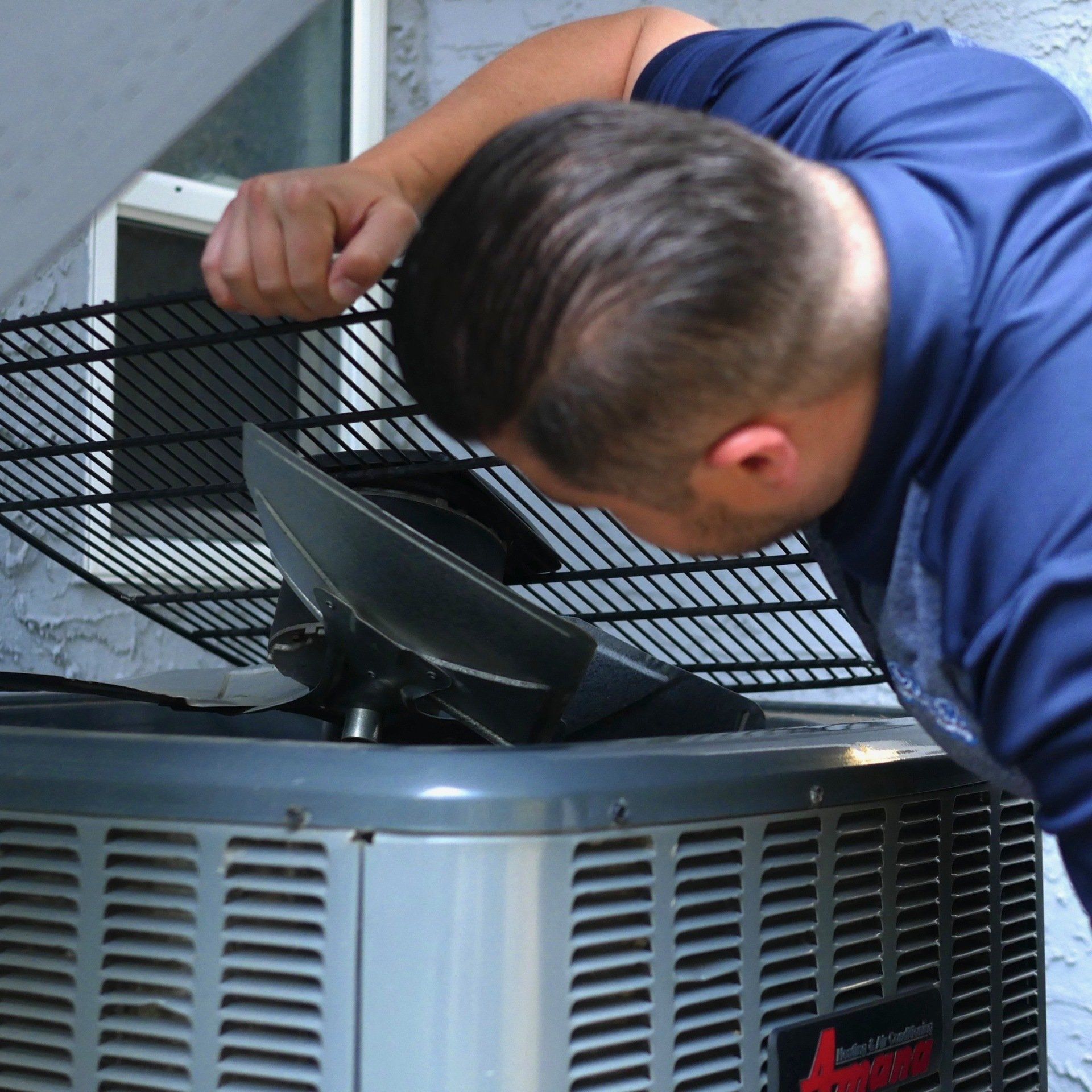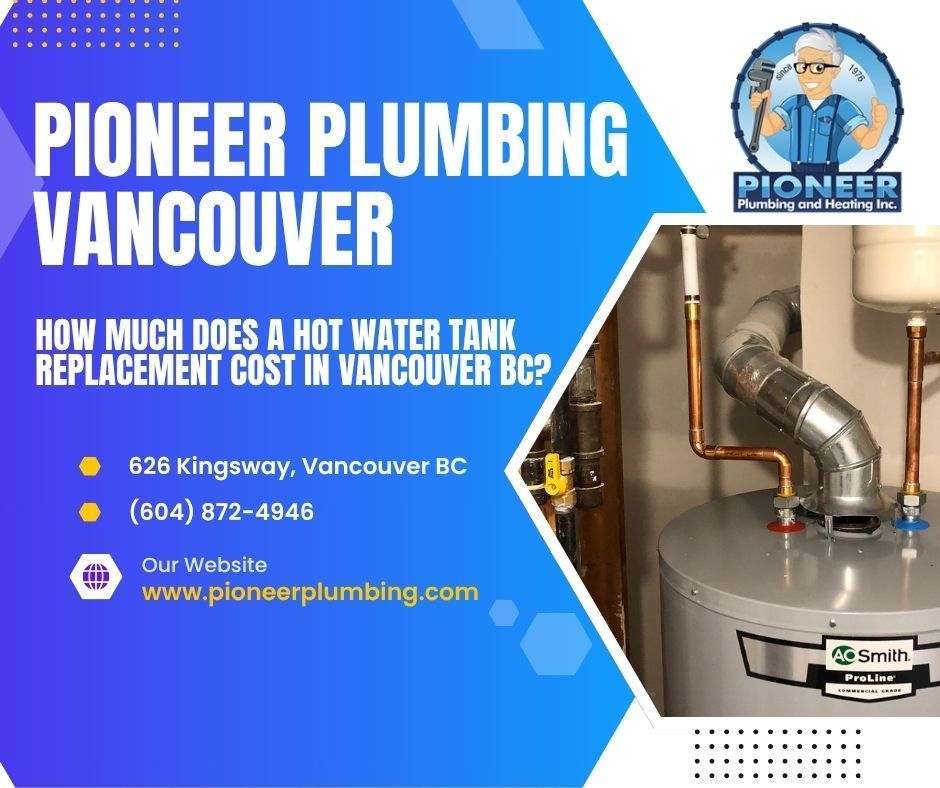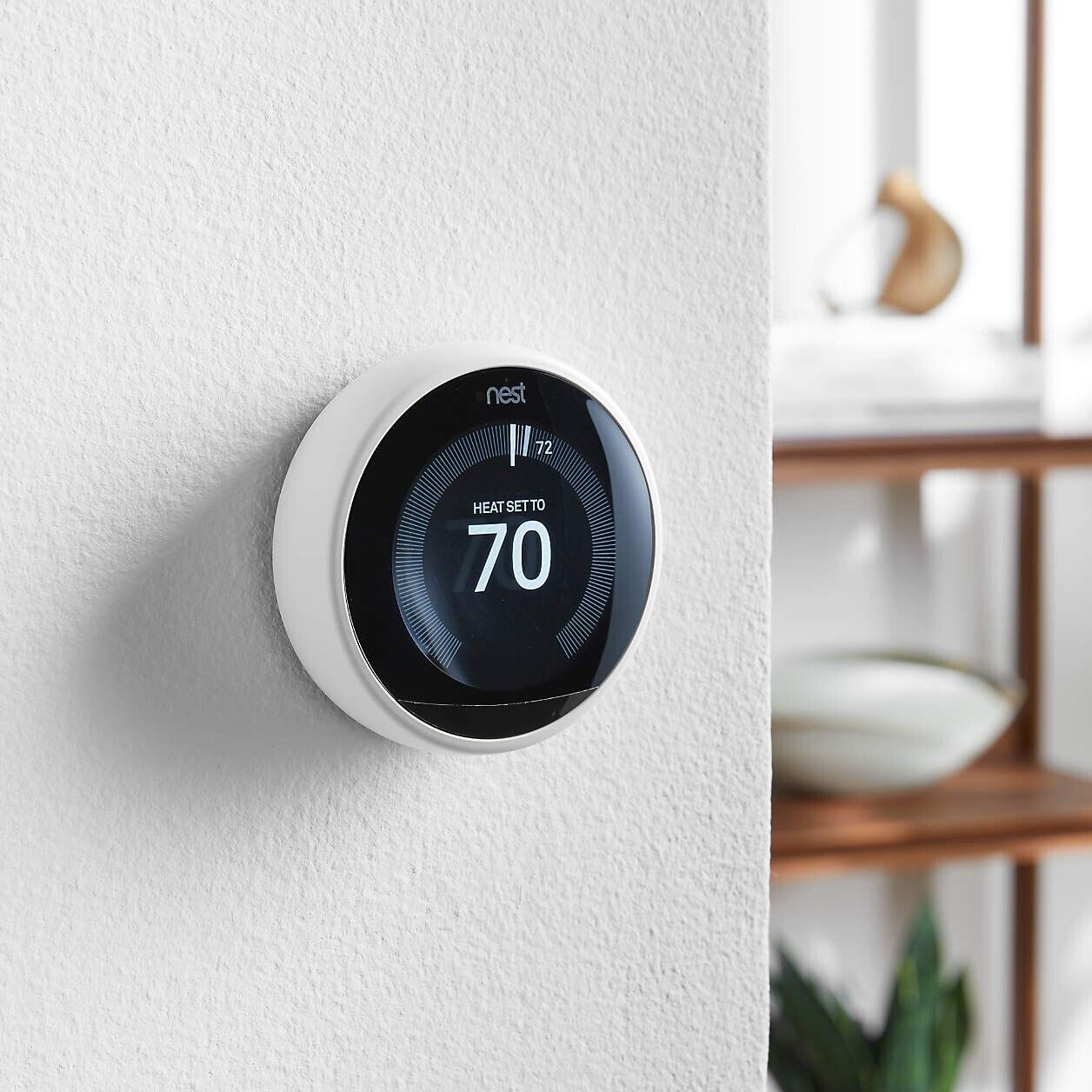Hot Water Tank Repair and Water Heater Installation Service
The Importance of Proper Water Heater Installation
When it comes to replacement, there are many options available in the market. From traditional tank-style hot water heaters to more energy-efficient tankless water heaters, it's important to choose the right option for your home's needs. In this article, we will explore everything you need to know about hot water tanks, from installation to repair, service, and replacement options. Whether you're in need of a new hot water tank or simply looking to learn more about these essential appliances, we've got you covered.
How to Choose the Right Size Hot Water Heater for Your Home
Choosing the right size hot water tank for your home is important to make sure you have an adequate supply of hot water without wasting energy or space. Here are the steps to help you determine the right size:
Estimate Your Peak Hourly Hot Water Demand:
- Determine the number of people in your household.
- Consider the number of bathrooms, appliances, and fixtures that use hot water.
Calculate Total Gallons Needed:
- Convert the peak hourly demand into gallons per minute (GPM). Most fixtures and appliances have a flow rate listed in gallons per minute.
- Multiply the flow rate by the number of fixtures/appliances to get the total GPM.
- Multiply the total GPM by 60 to get the total gallons needed per hour.
Consider Recovery Rate:
- The recovery rate is the amount of water a tank water heater can heat in an hour. It's another factor to consider in addition to the tank's storage capacity.
-
Space Constraints:
- Consider the space available for your type of water heater. Ensure that the selected tank will fit in the designated space in your home
Using this list you can figure out the appropriate size tank for your home, ensuring an efficient supply of hot water for your family's needs.
Hot Water Tank Installation: When to Hire a Professional Contractor
Installing a hot water tank involves several steps, and it's important to follow safety guidelines and local building codes. We could lay out the various steps required when installing a home water heating system, but the best choice will always be to hire a professional plumber, unless you have the experience, tools and license for gas / electric. If you are well versed in proper ventilation, and plumbing techniques then take a few minutes to look up procedures.
The Benefits of Upgrading to a High-Efficiency Hot Water Tank
Upgrading to a high-efficiency hot water storage tank can result in energy savings, reduced utility bills, tank repairs and a more environmentally friendly home.
High-efficiency water heaters come in various types, including tankless (on-demand), heat pump, and condensing tank models. Each type has its advantages and considerations. For example:
- Tankless heaters provide hot water on demand but may have limitations on simultaneous use.
- Heat pump water heaters are energy-efficient but may require more installation space.
- Electric water heaters cost less to install, but more expensive than gas in general.
- Condensing tank models recover heat from combustion gases, increasing efficiency.
Consider Fuel Type
High-efficiency water heaters can be powered by electricity, natural gas, propane, or even solar energy. Choose a fuel type based on availability, cost, and environmental considerations. The most popular models are fueled by natural gas.
Check The Energy Factor
The Energy Factor is a measure of a water heater's overall energy efficiency. Higher EF values indicate greater efficiency. Check and compare EF ratings when selecting a high-efficiency model.
Venting Considerations
Some high-efficiency water heaters may require special venting considerations. Check the manufacturer's guidelines and ensure compliance with local building codes.
Tips for Extending the Lifespan of Your Hot Water Tank After Installation
Extending the lifespan of your hot water tank requires regular maintenance, proper usage habits, and attention to potential issues.
Regular Flushing
Sediment buildup at the bottom of the tank can reduce efficiency and lead to corrosion. Periodically flush the tank to remove sediment. Find out the average level of sediment in your area and plan this task accordingly. Most tanks require this at least once a year.
Check the Anode Rod
Check the rod annually and replace it if it's significantly corroded. The anode rod helps prevent corrosion inside the tank by attracting corrosive elements and sacrificing itself to help maintain the tanks integrity.
Install An Expansion Tank (if needed)
If you have a closed water supply system and a check valve on the incoming cold water line, installing an expansion tank can prevent pressure buildup and extend the life of the tank. Sometimes you'll find water on the floor and the reason could be connected to the overflow function. Water on the floor once in a while is typical, but if you are concerned about how often that happens, look into an expansion tank.
Professional Inspection
Schedule a professional inspection every couple years. A licensed plumber will not only perform maintenance, but he can spot potential issues and correct them to avoid a problem and recommend appropriate action.













